Daerim Market (대림시장)
1.4Km 2024-03-15
300-10 Eungam-dong, Eunpyeong-gu, Seoul
The oldest traditional market in Eunpyeong-gu, Seoul, is also the capital’s only fifth-day market (held on 5th, 10th, 15th, 20th, 25th, and 30th of the month). It is divided into indoor and outdoor spaces. The former offers a comfortable space for shopping regardless of the weather. Like any good traditional market, Daerim Market offers vegetables, fruits, meat products, seafood, grain, and clothing at affordable prices. Visitors are recommneded to visit the restaurants hidden throughout the market, such as Halmaejip, a 50-year-old restaurant serving excellent banquet noodles, japchae, and tteokbokki; and Wooyirak, which serves pancakes with cream makgeolli (unrefined rice wine). Because the food is affordable and delicious, the market sees a lot of visitors throughout the day.
Olive Young - Hongje Station Branch [Tax Refund Shop] (올리브영 홍제역점)
1.5Km 2024-04-17
1F, and 2F, 446, Tongil-ro, Seodaemun-gu, Seoul
-
CheongKwanJang - Hongje Branch [Tax Refund Shop] (정관장 홍제)
1.5Km 2024-04-16
1F, 405, Tongil-ro, Seodaemun-gu, Seoul
-
Ihwa Gamjaguk (이화감자국)
1.5Km 2021-03-29
174-1, Eungam-ro, Eunpyeong-gu, Seoul
+82-2-307-4723
It is an old restaurant serving Gamjatang (pork backbone stew) at Gamjatang Street in Eungam-dong. This Korean dishes restaurant is located in Eunpyeong-gu, Seoul. The most famous menu is pork back-bone stew.
Daebak Ssambap duruchigi (대박쌈밥두루치기)
1.6Km 2021-03-27
7, Eungam-ro 9-gil, Eunpyeong-gu, Seoul
+82-2-303-3090
It is a place where you can enjoy fresh Ssam vegetables and various cuts of beef and pork. This restaurant's signature menu is leaf wraps and meat set menu. This Korean dishes restaurant is located in Eunpyeong-gu, Seoul.
Bongwonsa Temple (봉원사)
1.7Km 2023-03-13
120, Bongwonsa-gil, Seodaemun-gu, Seoul
+82-2-392-3007
Located on the outskirts of Ansan Mountain in Bongwon-dong, Seodaemun-gu, Seoul, Bongwonsa Temple, as the center of Korean Buddhism Taego, is a thousand-year-old temple with a long history and tradition. In 889 (3rd year of Shilla Queen Jinseong’s reign), Monk Doseon founded it at the ground of Yeonhui Palace (now Yonsei Univ.) and named it Banyasa temple. It was destroyed during the Imjin War in 1592, and later in 1748 (the 24th year of Joseon King Yeongjo’s reign), it was rebuilt and renamed “Bongwonsa” by two Buddhist monks, Chanjeup and Jeungam.
“Yeongsanjae,” one of the Buddhist rituals and also a National Intangible Cultural Property, takes place at Bongwonsa on June 6 every year wishing for world peace and the reunification of North and South Korea. It was designated as one of the Intangible Cultural Heritage of Humanity by UNESCO in 2009. During Yeongsanjae, visitors can enjoy the Buddhist arts such as Beompae (Buddhist temple music for rituals) and dancing. Also, during summertime, Seoul Lotus Flower Culture Festival takes place, where visitors can enjoy the beautiful lotus flowers which are a symbol of Buddhism.
Olive Young - Yeonhui Branch [Tax Refund Shop] (올리브영 연희)
1.7Km 2024-04-22
79, Yeonhui-ro, Seodaemun-gu, Seoul
-
Supsok Hanbang Land (숲속한방랜드)
1.7Km 2024-03-18
75-7 Bongwonsa-gil, Seodaemun-gu, Seoul
Jjimjjilbang, a Korean-style sauna that combines a traditional bathhouse with a hot steam room, is often ranked high among the unique experiences in Korea chosen by foreigners. Taking a steam bath in a charcoal kiln discharges waste products from the skin through sweat and eliminates accumulated fatigue. Supsok Hanbang Land has several charcoal kilns for different temperatures. Using them in order from low to high-temperature rooms is good, but the highest-temperature room, “Kkottang,” has a risk of causing skinburn, so visitors are advised to wear socks and cotton gloves to enter the room. Another unique experience is to grill sweet potatoes or rice cakes on the brazier in front of the charcoal kiln.
CheongKwanJang - Jeungsan Station Branch [Tax Refund Shop] (정관장 증산역)
1.8Km 2024-04-22
#102, 259, Jeungga-ro, Seodaemun-gu, Seoul
-
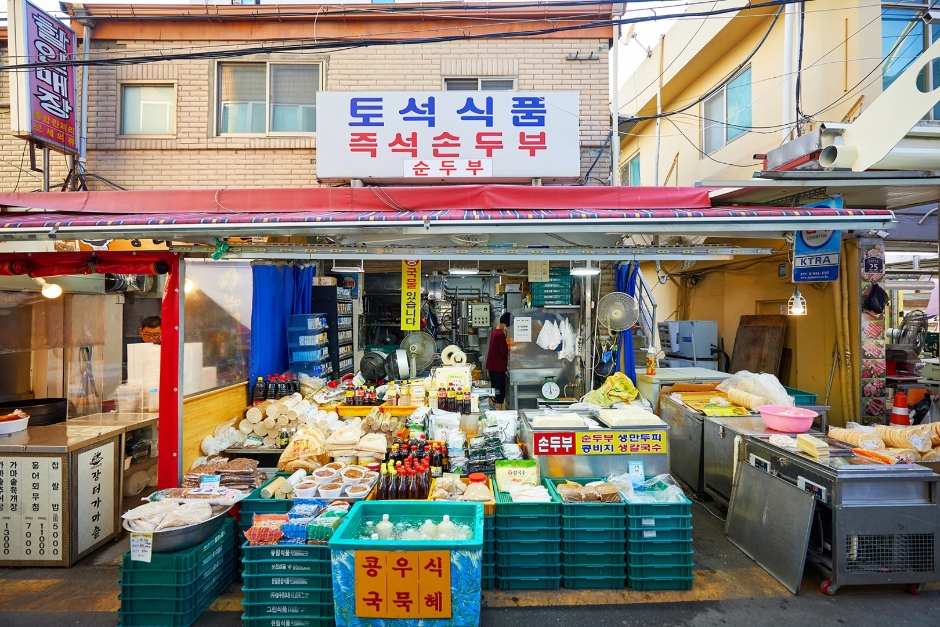
![Olive Young - Hongje Station Branch [Tax Refund Shop] (올리브영 홍제역점)](http://tong.visitkorea.or.kr/cms/resource/16/2888016_image2_1.jpg)
![CheongKwanJang - Hongje Branch [Tax Refund Shop] (정관장 홍제)](http://tong.visitkorea.or.kr/cms/resource/34/2889534_image2_1.jpg)
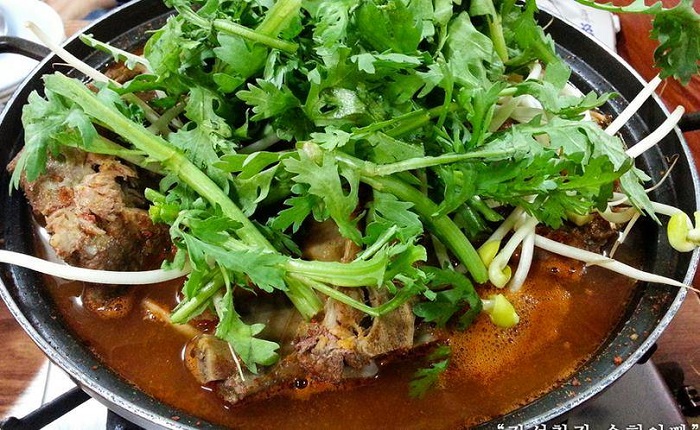
![CheongKwanJang [Tax Refund Shop] (정관장)](http://tong.visitkorea.or.kr/cms/resource/26/2891126_image2_1.jpg)
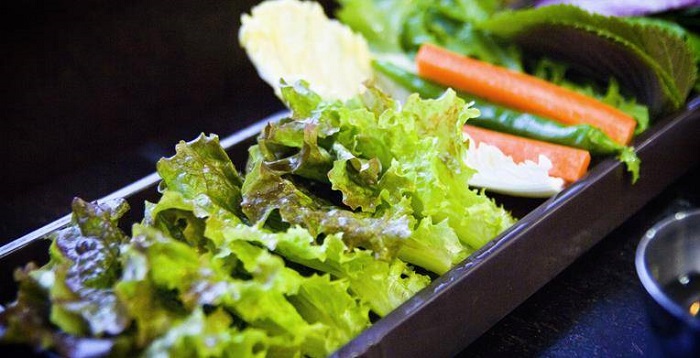
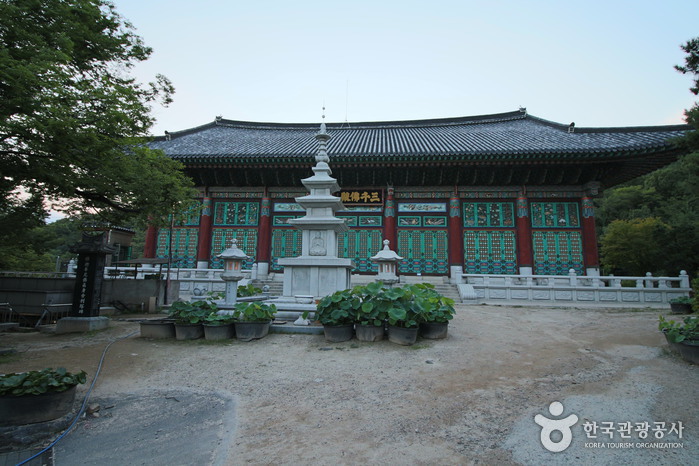

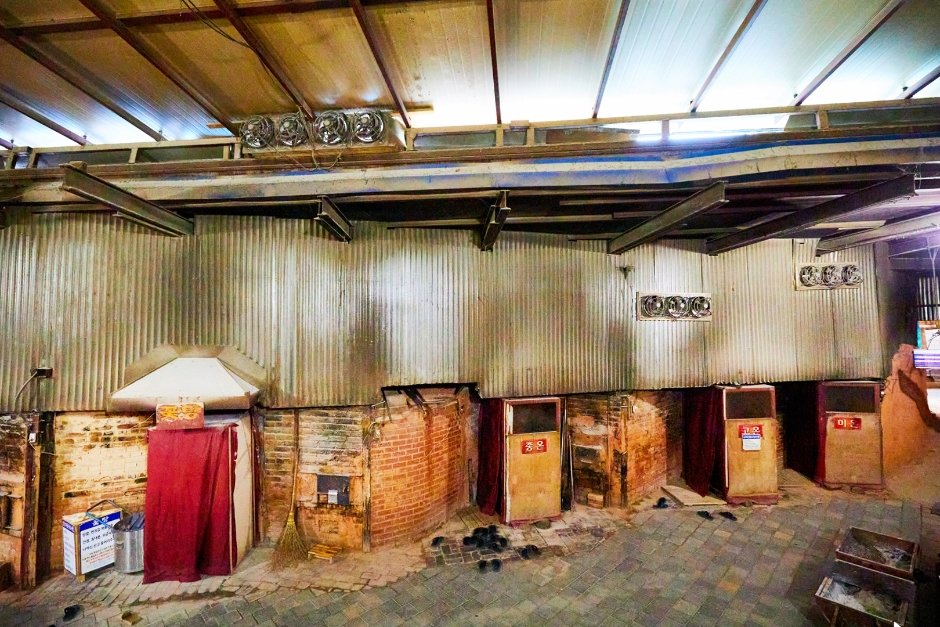
![CheongKwanJang - Jeungsan Station Branch [Tax Refund Shop] (정관장 증산역)](http://tong.visitkorea.or.kr/cms/resource/44/2889544_image2_1.jpg)
 English
English
 한국어
한국어 日本語
日本語 中文(简体)
中文(简体) Deutsch
Deutsch Français
Français Español
Español Русский
Русский